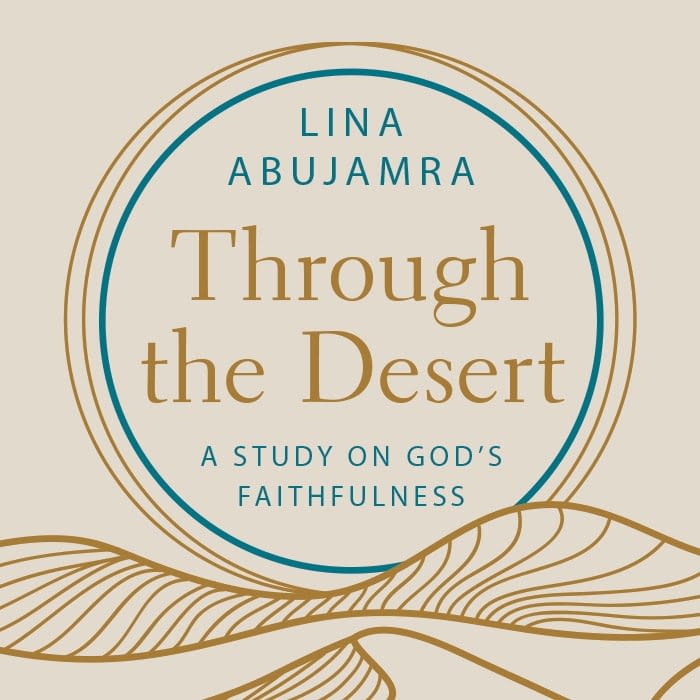About the time Harriet Tubman was taking her first baby steps, Betsey Stockton was on a dangerous journey. With sixteen other missionaries, she was aboard a ship bound for the Sandwich Islands (now called Hawaii).
That missionaries were following Jesus’ Great Commission (Matthew 28:16–19) and flooding “all nations” with the gospel in 1822 isn’t surprising. The Second Great Awakening had swept across New England and spawned Christian colleges, seminaries, and mission societies.
Here’s what is surprising: Betsey was
- a single woman.
- a single Black woman.
- a single Black woman who was formerly enslaved.
- a single Black woman who was formerly enslaved and had no formal schooling.
- a single Black woman who was formerly enslaved and had no formal schooling and was traveling as a teaching missionary.
Betsey wasn’t a traditional candidate for God as a missionary or social justice change agent, but she stepped up anyway. She wasn’t born a courageous woman; rather Betsey let God fill her with courage.
Betsey Stockton Becomes a Missionary
At first Betsey wanted to be a missionary to Africa. However, the perfect opportunity to teach in the Sandwich Islands fell in her lap. So, Betsey boarded a ship.
Her journal reveals her struggles:
- A moment when she was homesick: “Ah! how soon may the people of God grieve away his Holy Spirit. But why should I thus complain and despond. He is still my Father and my God—and I still love him.”
- When feeling fearful because her cabin was flooded: “Saturday morning at daybreak shipped a sea. The water rushed into the cabin. I saw it with very little fear; and felt inclined to say, The Lord reigneth, let us all rejoice.”
- When afraid for her life yet caring for the souls of the sailors: “Here we have been called hourly to acknowledge his mercy in sparing our lives.… How would your heart rejoice with us, could you see these hardy sons of the ocean, who would scorn to complain of any earthly hardships, bowing with the spirit of children, at the cross of Christ.”
Betsey also faced trials of the era. During the voyage she had a migraine and the ship’s doctor treated her with … (bite your nails now) … bloodletting.
But we admire her most when she met the indigenous people and overcame her sudden shock quickly, thinking of them as souls the Lord loves:
“Two or three canoes, loaded with natives, came to the ship: their appearance was that of half man and half beast—naked—except a narrow strip of tapa round their loins. When they first came on board, the sight chilled our very hearts.… Are these, thought I, the beings with whom I must spend the remainder of my life! They are men and have souls—was the reply which conscience made.”
Betsey’s stay in Hawaii lasted two years.
Returning Home
When she returned home, she dedicated her life to service as a teacher and school administrator in Princeton’s Black community.
Betsy died six months after the end of the Civil War in October 1865. But her true freedom began in 1816 when she became a servant of Christ and later when she courageously did what no other US-born Black woman had done before. She took to the open seas to offer Jesus’ spiritual freedom and “make disciples of all nations.”
Want to Learn More?
You can read Betsey’s journal here:
https://aardoc.sites.amherst.edu/Betsey_Stockton_Journal_1.html
And you can read an online biography by Simonetta Carr here: https://slavery.princeton.edu/stories/betsey-stockton




